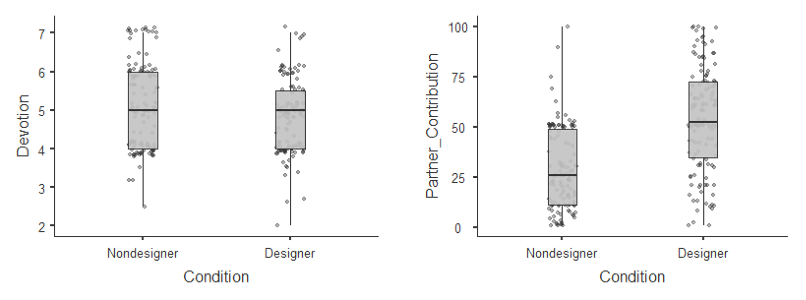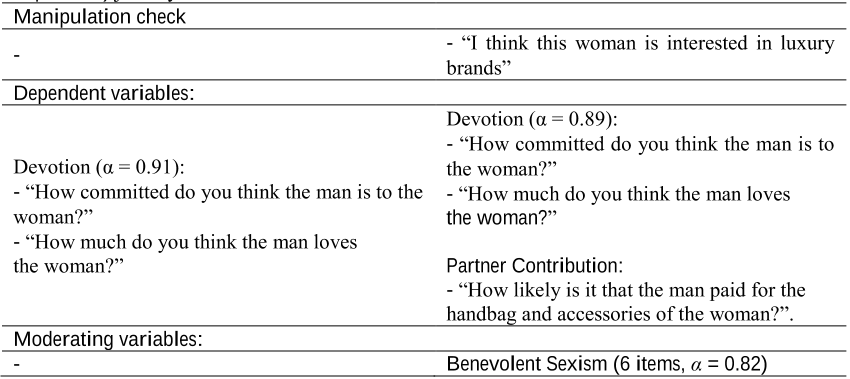Abstract: With evolutionary psychology used as the theoretical framework, two aspects of gift giving among young adults are investigated: (a) sex differences in motives for giving gifts to a romantic partner, and (b) the allocation of gift expenditures among various relations, including romantic partners, close friends, close kin, and distant kin members. As per the evolved sex differences in mating strategies, it is proposed and found that men report tactical motives for giving gifts to their romantic partners more frequently than women. Also, there are no sex differences in situational motives for giving gifts. In addition, women are aware that men use tactical motives more often; whereas men think that these motives are employed equally by both sexes. With regard to gift expenditures it is found that, for kin members, the amount spent on gifts increases with the genetic relatedness (r value) of the particular kin. When all relations (kin and nonkin members) are included, the allocation of gift expenditures were the highest to romantic partners, followed by those to close kin members and then to close friends. The latter finding is explained via the importance attached to the evolved psychological mechanisms linked to each of the above relations, namely, reproductive fitness (for partners), nonreproductive fitness (for close kin members), and reciprocal altruism (for close friends). 2003 Wiley Periodicals, Inc.



